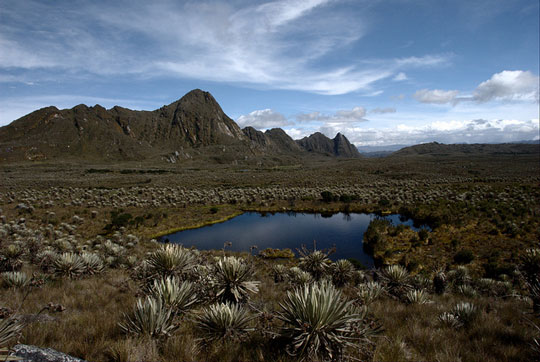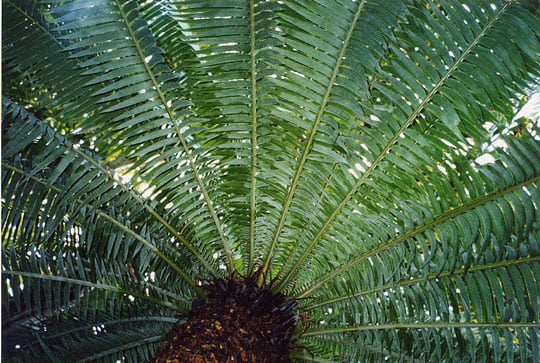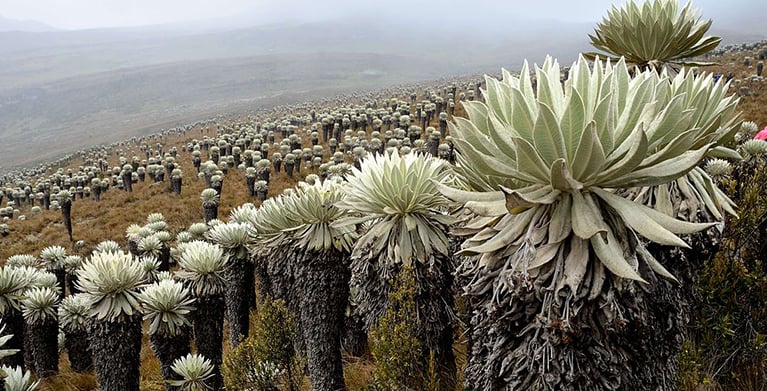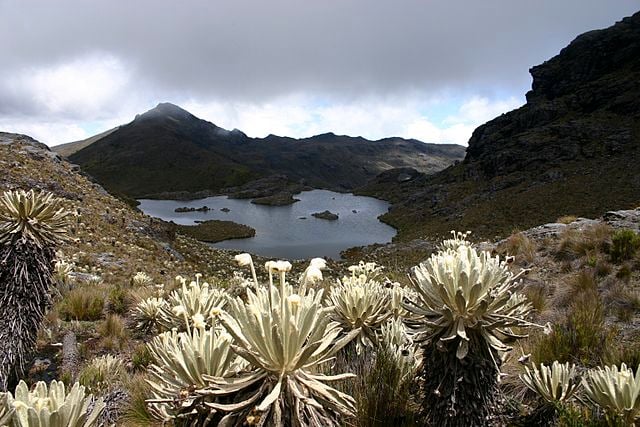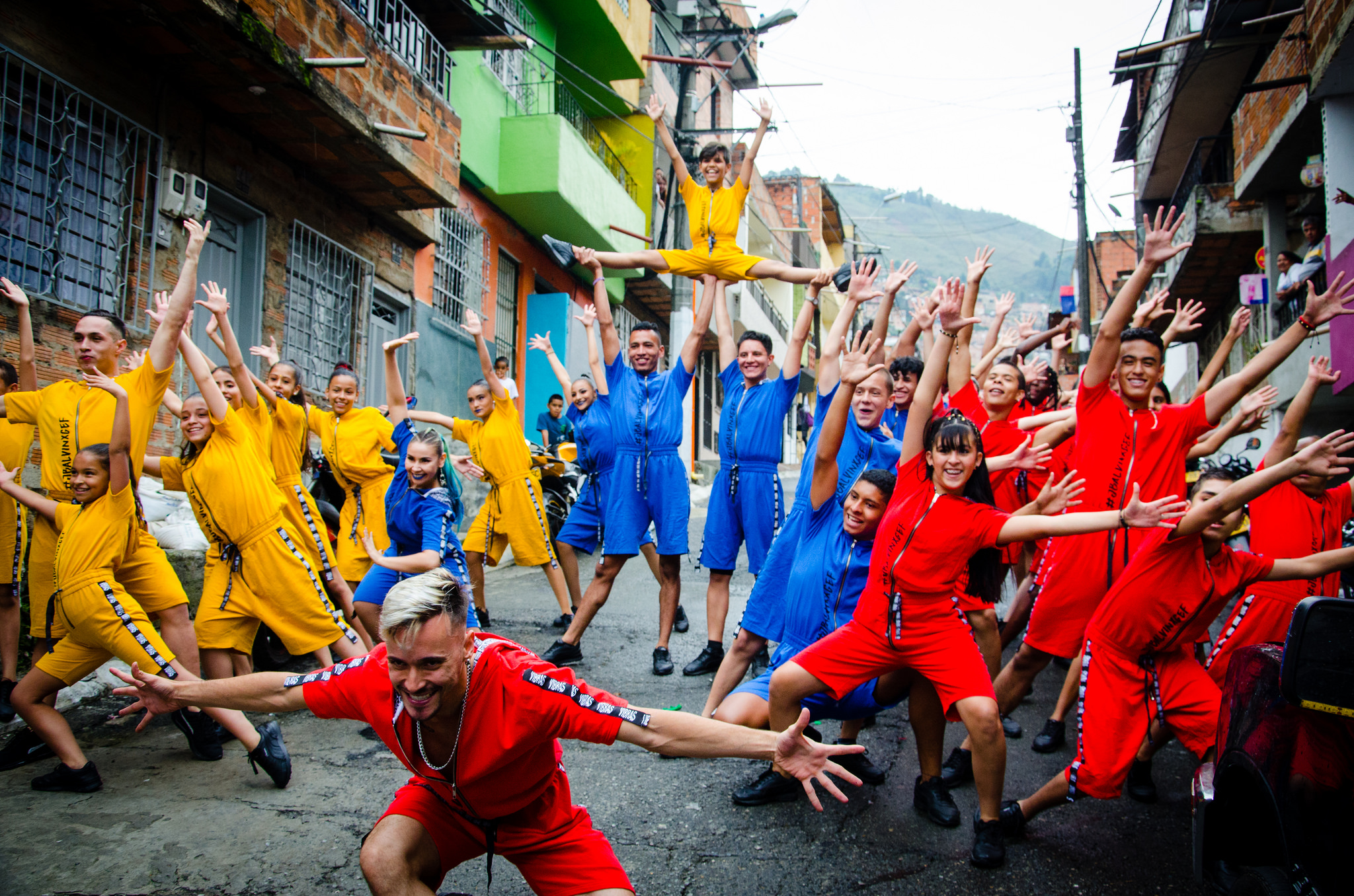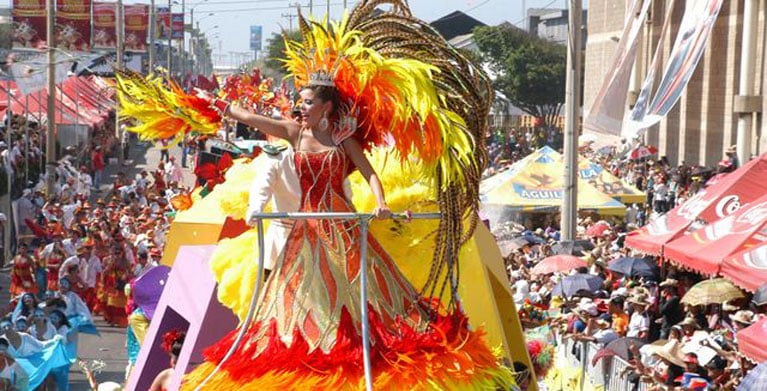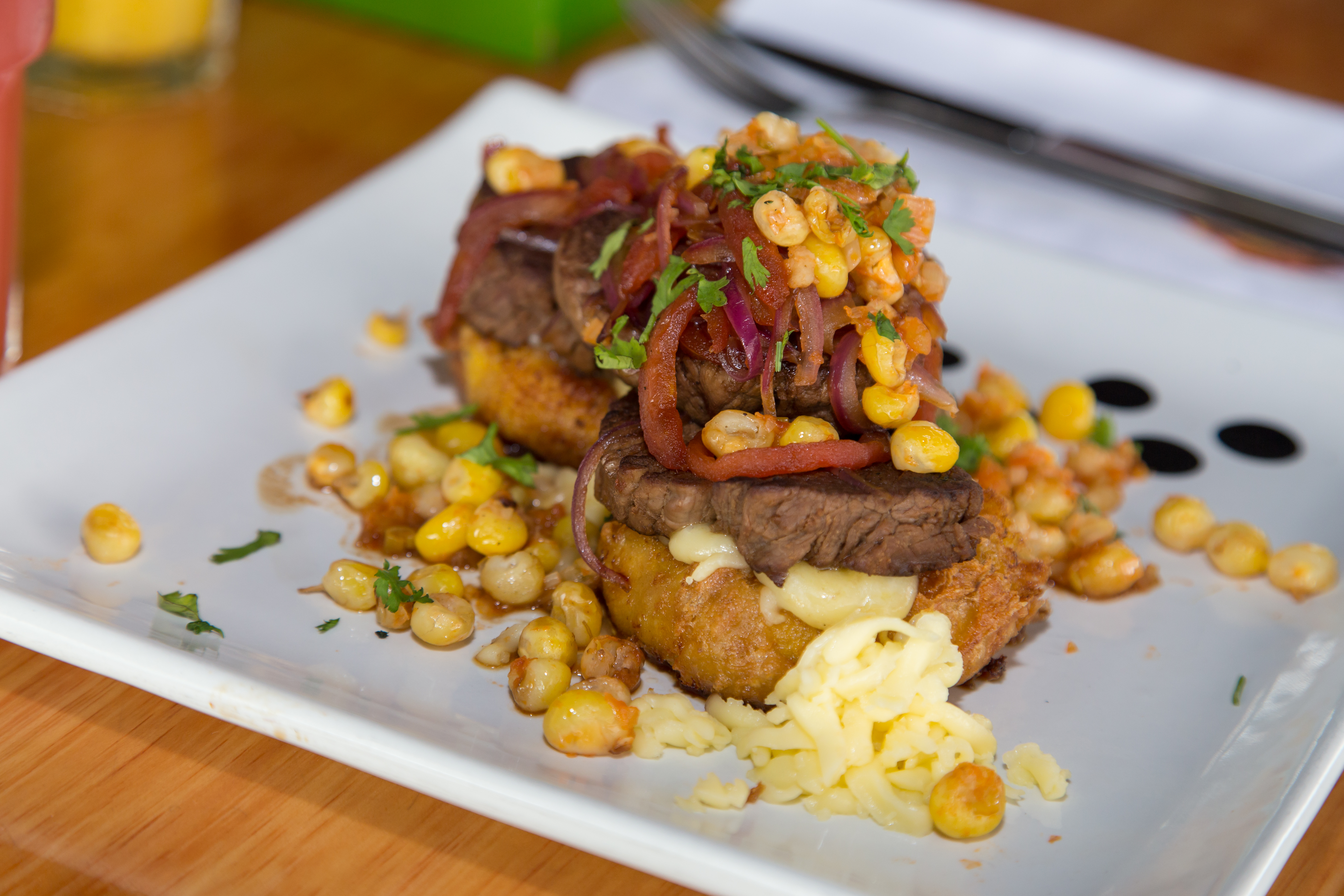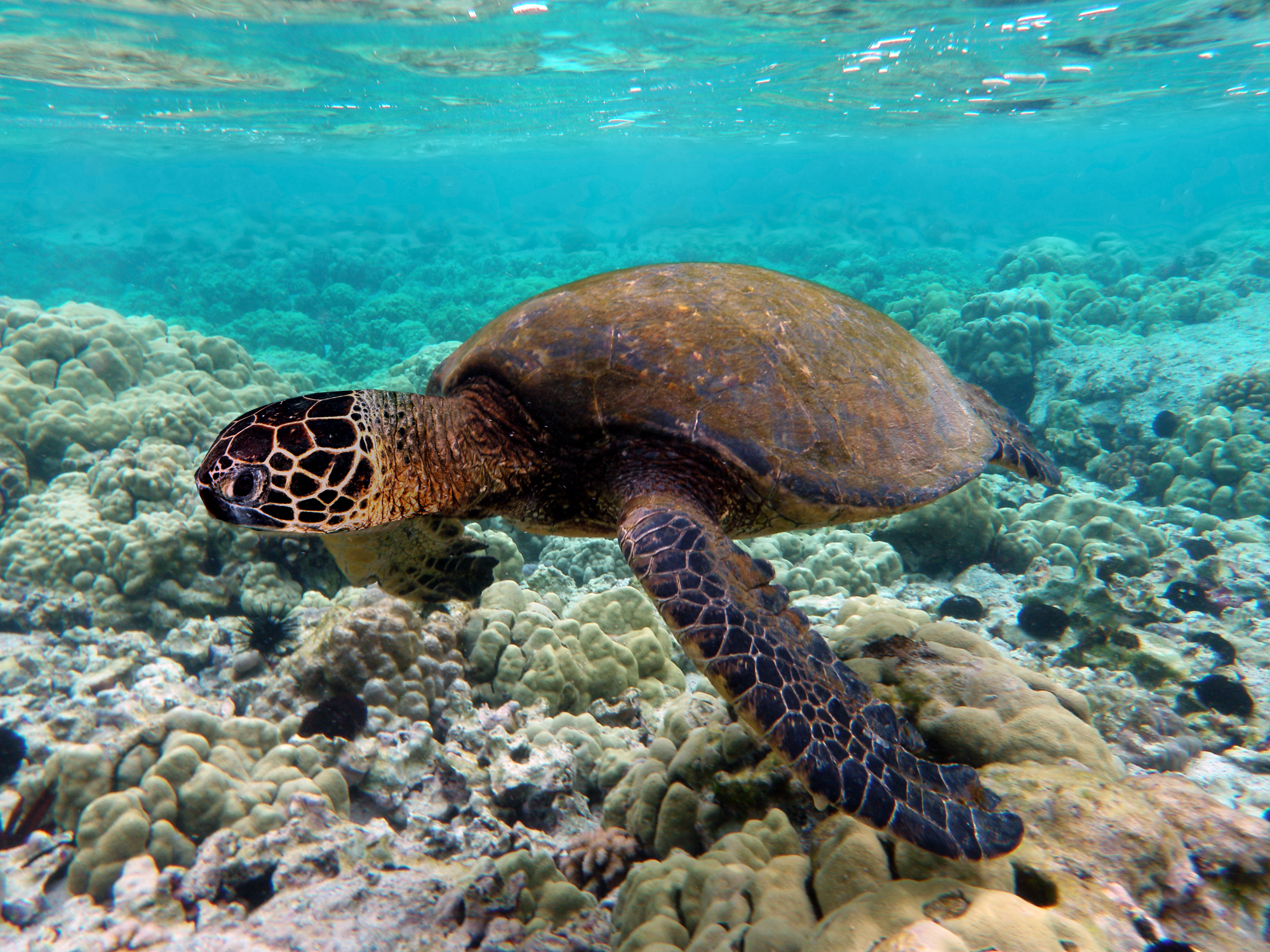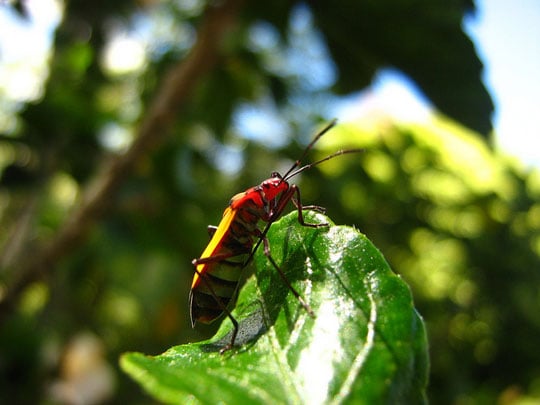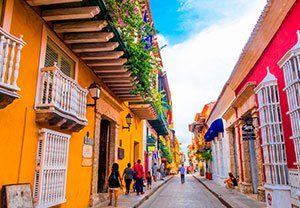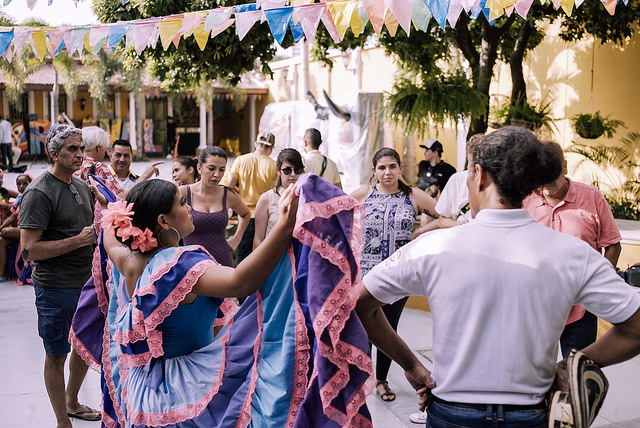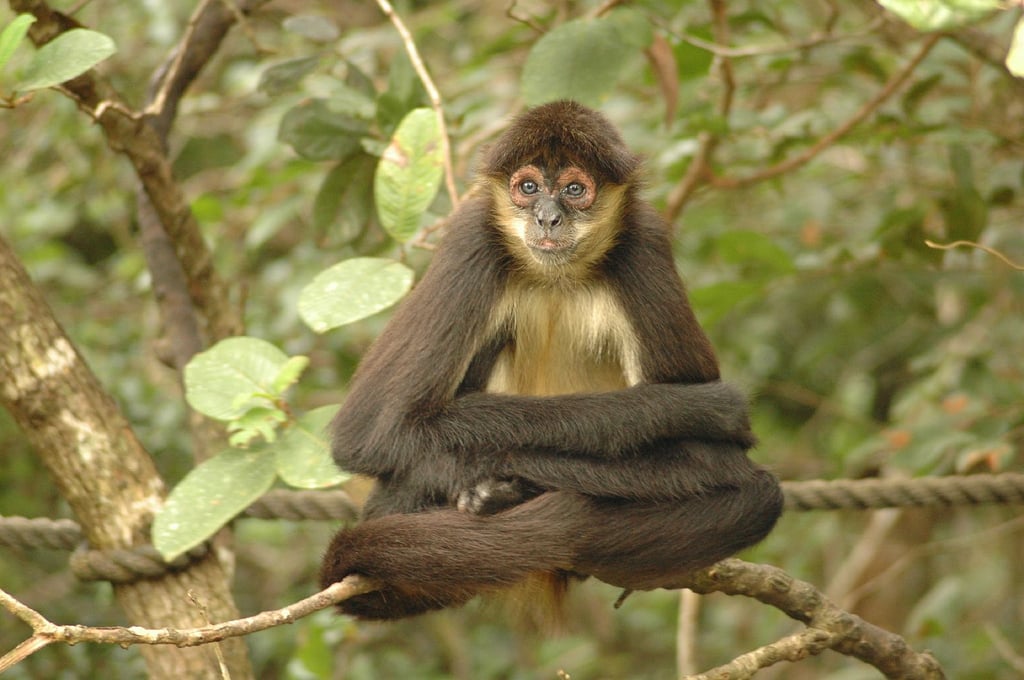When writer Arthur Conan Doyle heard about South America’s mysterious table mountains, including those in the Cerro Campana in Colombia, he was so inspired he wrote The Lost World. It told the story of a team of adventurers who came to this continent in the early 1900s and discovered there were still dinosaurs roaming the Earth. That may have been a tall tale, but Colombia’s modern day links to the ancient world are not. Besides some of the most important fossils, cave art and indigenous relics the world has ever seen, we live among plants that have survived many millions of years!
Cycads
You may have to travel a little to see a cycad nowadays but during the Jurassic Period (in other words, some 150 million years ago) they were everywhere. This plant species is so old, it can remember South America splitting from Africa and forming the continents we know and love today. Look at a cycad, or the zamia and chigua genus commonly found in Colombia, and you won’t be surprised this species has managed to survive so long – it looks like a tough cookie with its huge green leaves and cones and some individual plants are thought to be more than 1,000 years old. (You can also read: Five amazing Colombian archeological sites)
The best thing about these plants is how many different variants there are in Colombia, something like 18, with botanists convinced they still have plenty to discover. Each of these zamias and chiguas has a different habitat, from rainforest to cloud forest. Some of the rarest zamia grow in the cloud forests in Antioquia, including zamia montana at 2,700m above sea level, which is the highest-altitude zamia in the world. On the other hand, zamia encephalartoides is said to be the world’s most beautiful zamia. It grows up to six meters tall, with black cones and is found in the Chicamocha canyon in Santander. Botanists have also found zamia in Choco, Buenaventura, Cordoba and the Amazon rainforest.
Frailejones
Frailejones – known as espeletia in English – are members of the sun flower family but they look like little palm trees with stubby trunks and flowers that resemble daisies. Frailejones grow in paramos, which only exist between 3,000 and 4,800m above sea level. Most of the world’s paramos are in the Colombian Andes and the largest one in the world is the Sumapaz paramo, just 20 Km from Bogota. Scientists believe paramos are some of the fastest evolving eco-systems on the planet and frailejones are among the plants that prove it. (You can also read: Colombia: it’s hiking country)
The Andes themselves may be tens of millions years old, but it was “only” around 2.5 million years ago that the mountains rose too high for trees to survive, thus creating the paramo landscape and frailejones have been there ever since. They have been adapting for millions of years to ensure their survival and have white hairs on their flowers to protect them from the sun, while covering their stems with dead leaves to keep themselves warm (paramo weather is pretty changeable).
Visit any paramo in Colombia and you will be amazed by it’s other-worldly feel. It’s also near impossible to miss the sight of a frailejon – these “daisies” can grow as tall as trees. (You can also read: Five National Parks you cannot miss in Colombia)
Want to get lost in your very own Lost World? The answer is Colombia. If you liked this article please feel free to share it on Facebook, Twitter, LinkedIn, Google+ or any of your social networks.

